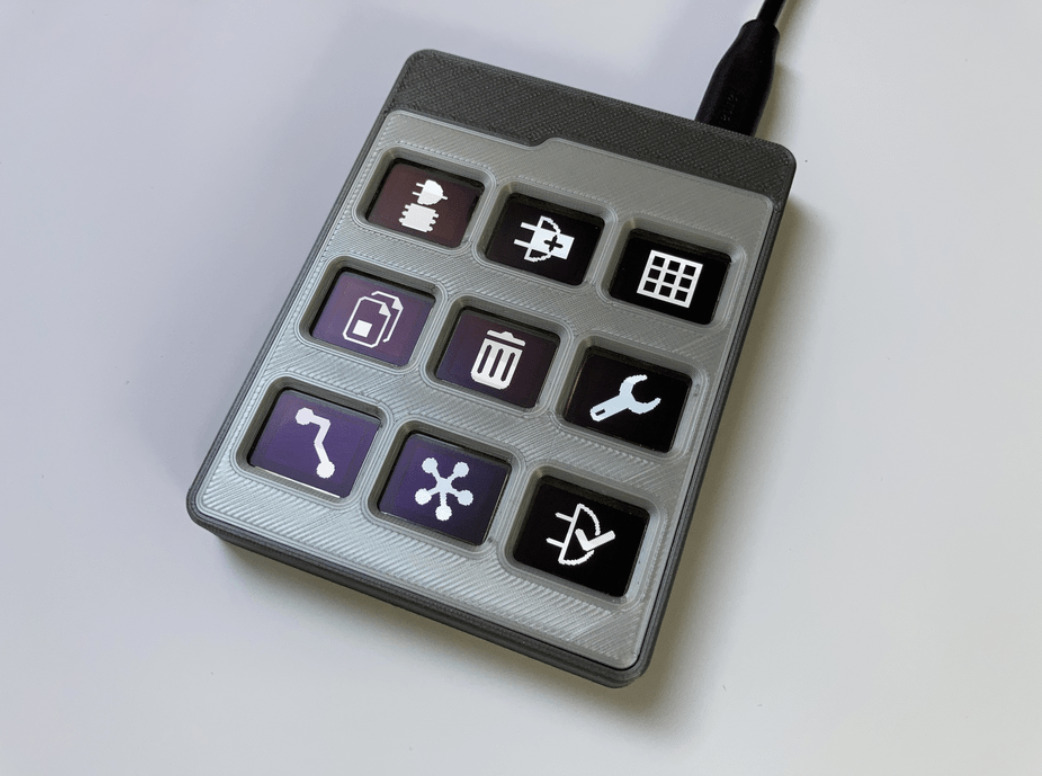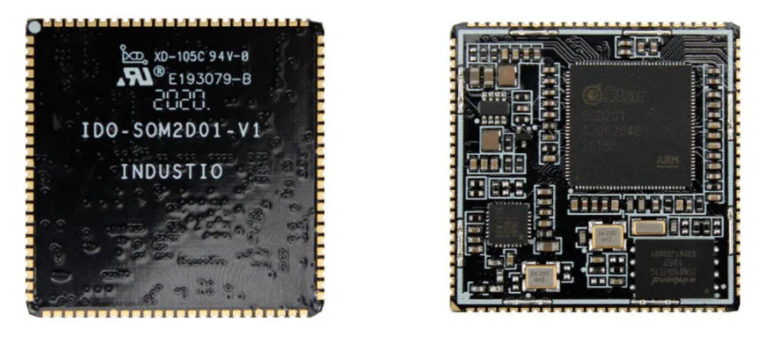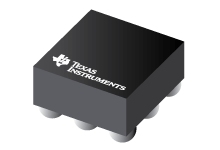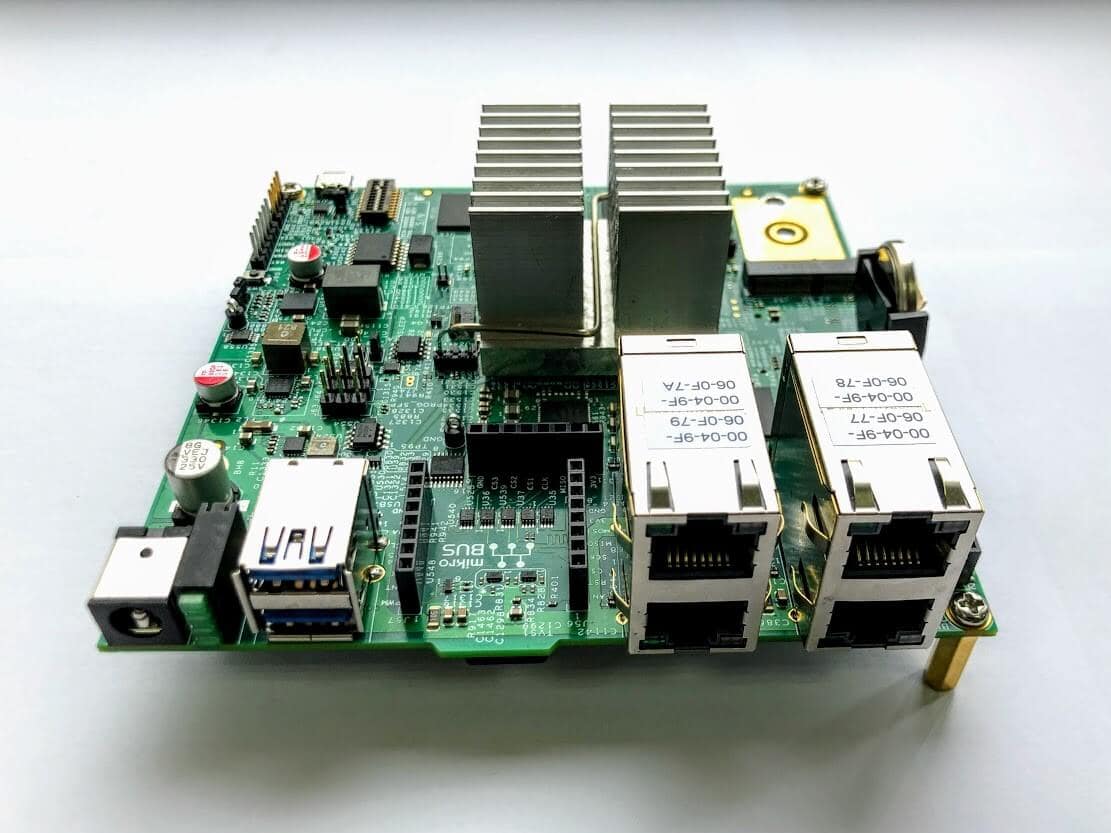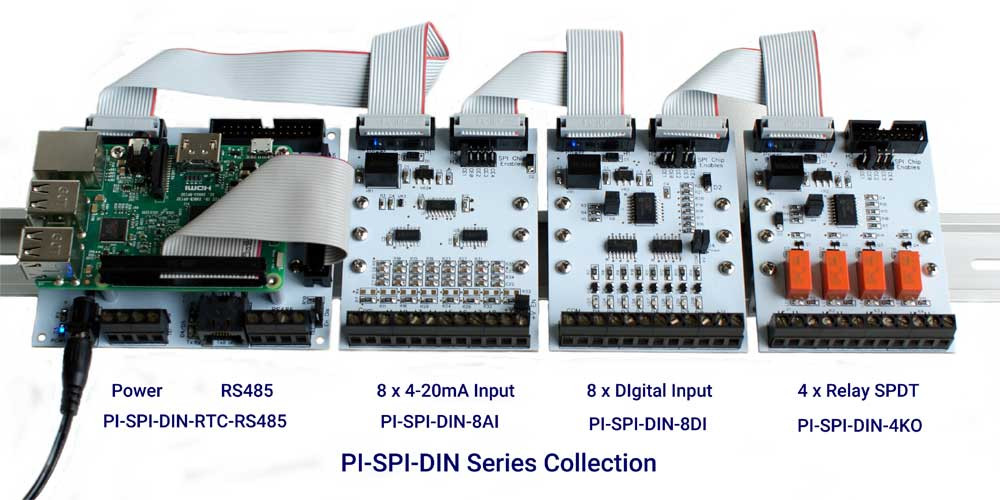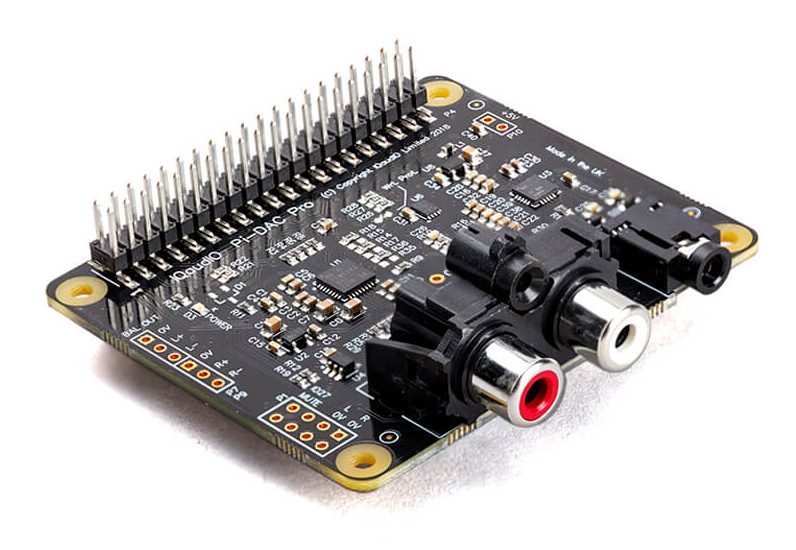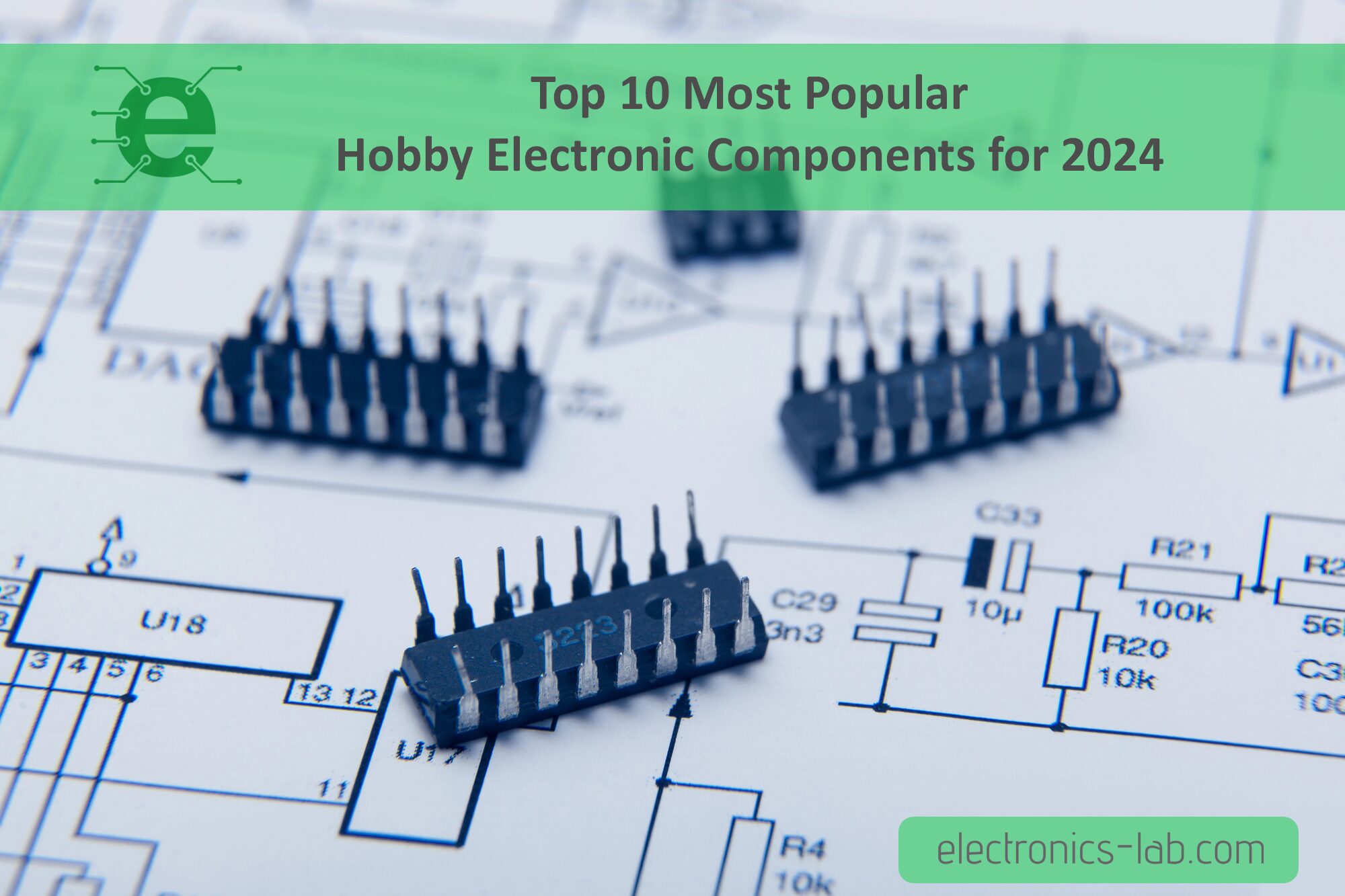
Some people enjoy sketching, some prefer writing, and others are drawn to knitting. People like us, find joy in building and creating electronic devices. The common thread among all these crafts is that they require some basic tools to get started. And for us engineers and hobbyists, the prerequisite is electronic components. So in this article, we will tell about the Top 10 Hobby Electronic Components that every beginner should have in his stash.
Now when we are talking about tools and components used in electronics, there are so many components that it can be overwhelming for beginners. But, not to worry – because in this post we have compiled a list of certain tools and components that we think are essential for every beginner electronics hobbyist and tinkerer. so without further ado let’s get right to it.
1. Resistors, Capacitors, Inductors, Breadboards, and Perfboards
Resistors, capacitors, and inductors are the most basic components you should have in your arsenal when starting. For resistors, you should aim to have the most common values available, up to 100K, as well as some higher values like 1M and 2.2M. This range will cover all your resistor needs. You can find resistor kits on Amazon that contain several values, making them a great starting point.
Similarly, for capacitors, the 10nF and 100nF values are lifesavers, they are used as decoupling capacitors to reduce noise they are also used as filters. so they are useful in many applications. Additionally, having values like 2.2uF, 4.7uF, 10uF, 47uF, and 100uF is recommended. It’s also beneficial to keep some higher values like 1000uF and 4700uF on hand as they can come in handy. Kits available on Amazon can cover most of your capacitor needs.
While inductors may not be needed in every basic circuit, they are indispensable when required. Keeping values ranging from 10uH to 1000uH is advisable. These inductors are inexpensive, and you can also purchase packs from Amazon to ensure you have a variety of values available when needed.
Breadboards and Perfboards are also essential components in your toolkit. While basic circuits can be easily assembled on a breadboard, more complex circuits requiring over 20 or 30 connections are better suited for a surfboard.
2. Voltage Regulator IC 78xx Series and LM317T
Voltage regulator ICs like the LM78xx series and LM317T are essential components in electronics. The LM78xx features 5V, 9V, 12V,15V, and 18V constant voltage regulator ICs where the 5V ICs can be used for logic level circuits, others can be used to power relays, drive motors, etc. Meanwhile, the LM317T offers adjustable output voltage from 1.2V to 37V, making it versatile for various applications. Both are easy to use and widely used in hobbyist projects.
But nowadays most of the MCUs we use are 3.3V logic so keeping some additional 3.3V regulators like the LM1117-3.3 would be good for your stash.
3. 1N4007, 1N4148 and 1N5819 Diodes
Diodes are key components of any electronic project. They are used in rectification, voltage regulation, noise suppression, and can also protect your circuit from high-voltage spikes. So, Keeping some in your stash is a good idea. The most common ones are,
The 1N4007 is a general-purpose rectifier diode capable of handling voltage up to 1000V, making it suitable for converting alternating current (AC) to direct current (DC) in power supply circuits and other applications where rectification is required.
The 1N4148 is a small-signal switching diode with a fast switching speed and low forward voltage drop. It is commonly used in signal processing, digital logic circuits, and high-frequency applications due to its fast response time and low power dissipation.
The 1N5819 is a Schottky diode known for its low forward voltage drop and fast switching characteristics. It is commonly used in low-voltage, high-frequency circuits, voltage clamping, and reverse polarity protection applications.
There are also Zener diodes that are used to regulate voltage, but they can also protect your circuit from unwanted high voltage or serve as a voltage reference.
4. Bipolar Transistors and MOSFETs (2N547, 2N222, BS170 IRF540, IRLZ44N)
Bipolar transistors and MOSFET are your best friends when you are working with electronics, Whether you’re controlling a simple light or managing high-current applications like motors and bulbs, these components are essential. Keeping a selection of generic values in your stash is invaluable as it enables you to turn things on and off, adjust power levels, and amplify signals. Transistors are the classic choice, while MOSFETs offer advantages such as high input impedance and efficiency in specific scenarios. Together, they form the fundamental building blocks for a wide range of electronic projects.
5. Op-Amps(LM324N and LM358)
Op-amps, like the LM324N and LM358, are the workhorses of analog electronics. They’re like tiny amplifiers that help you manipulate signals in all sorts of ways. With op-amps, you can boost tiny voltages from sensors, filter out noise, or shape sound waves. They’re incredibly versatile building blocks, essential for any project that involves working with analog signals.
6. SN74HC595N 8-Bit Shift Register
The SN74HC595N 8-bit Shift Register is like a magic trick for your electronics projects. It lets you control a bunch of outputs (like LEDs or sensors) using only a few pins on your microcontroller. This saves you valuable space and makes wiring a lot simpler, especially when you need to control a lot of things at once. Think of it as the perfect tool for expanding your project’s possibilities!
7. ATMEGA328P-PU Microcontroller
The ATMEGA328P-PU Atmel Microcontroller is the brain of your electronics project. It’s a tiny but powerful computer that lets you program the behavior of your circuits. With its flexibility and plenty of input/output pins, this microcontroller gives you the ability to make your project sense its surroundings, control lights and motors, and even communicate with other devices. It’s the key to bringing your electronics ideas to life!
8. ATTINY85-20PU Microcontroller
The ATTINY85-20PU may be small, but it’s a surprisingly mighty microcontroller! It’s a good choice when you need a simple brain for your project and want to keep things compact. This little chip provides enough power to handle basic tasks, making it perfect for adding intelligence to smaller projects where size and simplicity are important.
9. CH32V003 Microcontroller
The CH32V003 is a super budget-friendly microcontroller that packs a punch! It’s based on the RISC-V architecture, offering a slightly different experience compared to traditional chips. This little powerhouse is great for projects where cost is a major concern, or when you want to experiment with a new type of microcontroller. It could be your gateway to low-cost but capable electronics!
10. The ESP32 and ESP8266 Microcontrollers
The ESP32 and ESP8266 are like the superheroes of the hobby electronics world! They both offer built-in WiFi (and the ESP32 adds Bluetooth), making them perfect for connected projects. Think smart home devices, wireless sensors, or even tiny web servers. The ESP8266 is super affordable, while the ESP32 brings more power and features. If you want your projects to talk to the internet, these are your go-to chips!
You should note that this is just a general list of essentials. As your projects get more complex, you might find yourself needing specialized tools or components. The fun is in discovering what you need as you go! But, these essentials will give you a solid base to grow. Now, get out there, explore what you can create, and have fun tinkering!
- Data about the most popular electronic components was provided by PartsBox, based on real usage.






